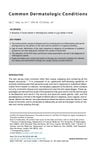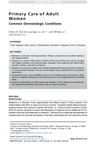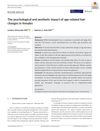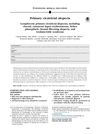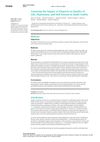The Childbearing Years: Hair Diseases
September 2003
in “
Clinics in Family Practice
”
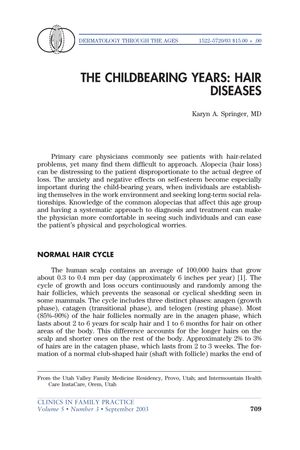
TLDR Different hair diseases affect people during childbearing years, with treatments ranging from medication to psychological support.
The 2003 document reviews hair diseases prevalent during the childbearing years, particularly focusing on different types of alopecia and their treatments. It explains the hair growth cycle and the systematic approach required for diagnosis and treatment. Androgenetic alopecia (AGA) in men and women, characterized by pattern baldness, is treated with FDA-approved minoxidil and finasteride. Female pattern hair loss (FPHL) is diagnosed primarily through patient history and treated with 2% minoxidil. Alopecia areata (AA) is an immune-mediated condition treated with corticosteroid injections. Telogen effluvium (TE) involves increased shedding due to stress and does not require specific treatment. Trichotillomania, an impulse-control disorder, and traction alopecia, caused by certain hairstyles, are treated by addressing psychological factors and changing grooming practices, respectively. Cicatricial alopecia, which causes permanent loss due to follicle scarring, may be treated with hydroxychloroquine or surgery if other treatments fail. The document underscores the need for more research and the psychological support for individuals with alopecia.

